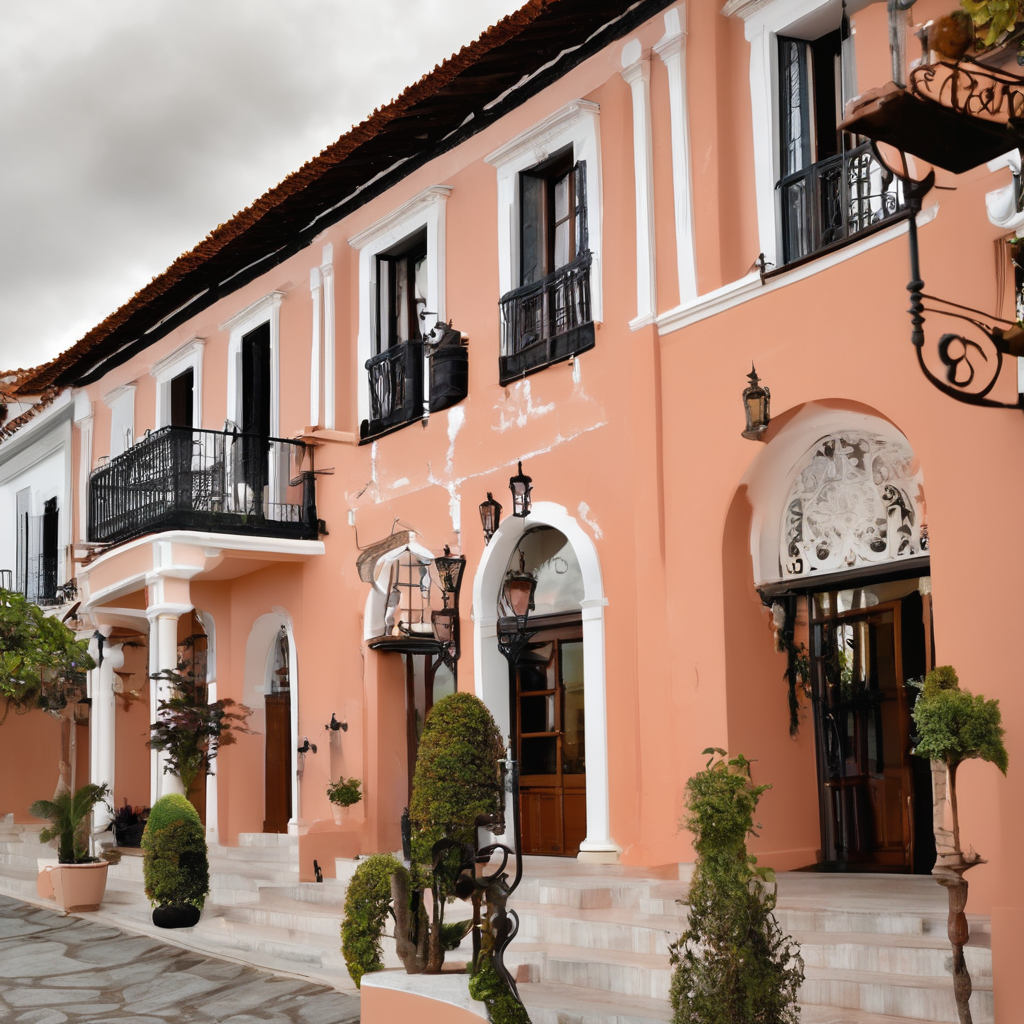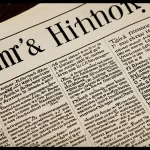Attending Traditional UK Music and Dance Events
Discover where heritage comes alive
The UK boasts a vibrant scene of traditional UK music festivals and traditional UK dance events that showcase rich folk culture. Annual highlights include the Sidmouth Folk Festival, a beacon of English folk music, and the Orkney Folk Festival in Scotland, famous for both song and dance. These events offer immersive experiences where attendees can savor authentic performances that have been passed down through generations.
In the same genre : What Are the Best Destinations for a Romantic Getaway in the UK?
If you’re wondering where to experience UK folk culture, local village fêtes, regional gatherings, and community halls also host regular events. To find the most up-to-date listings, explore websites dedicated to folk music or visit community notice boards in areas known for strong traditions, such as Yorkshire, Cornwall, or Cumbria.
When it comes to event ticket information, purchasing in advance is highly recommended, as popular festivals often sell out quickly. Online ticket platforms and official festival websites provide secure booking options, helping you secure your place early. For less prominent events, tickets may be available at the door or via local outlets, but verifying this beforehand ensures a smooth arrival.
In the same genre : How Can You Discover the UK’s Culinary Delights on Your Travels?
By planning ahead and tapping into local resources, you can enjoy the full spectrum of traditional UK music and dance events in all their lively authenticity.
Regional Traditions and Types of UK Folk Dance
UK folk dance is a vibrant blend of regional music traditions, reflecting the cultural diversity across England, Scotland, Wales, and Northern Ireland. Each area showcases distinct styles that celebrate local history and community spirit.
In England, morris dancing is a standout tradition, featuring rhythmic stepping and the use of sticks or handkerchiefs. This lively dance is often performed in village festivals, accompanied by English folk tunes. Ceilidh, originally Scottish and Irish, has been widely embraced in England as a social dance with energetic group formations.
Scottish folk dance is epitomized by the Scottish Highland style. Known for tartan kilts and intricate footwork, it combines solo and group dances, often performed at traditional fairs or formal gatherings. Scottish folk music’s robust bagpipe melodies accompany these dances, creating a striking cultural icon.
Wales offers a unique folk dance scene, with Welsh folk performances characterized by graceful, flowing movements that harmonize with harp-based music traditions. Meanwhile, Irish folk dancing, famous for rapid leg movements and upright posture, remains an influential presence across Northern Ireland and beyond.
Together, these regional styles illustrate the richness of UK folk dance, each with signature expressions that continue to inspire performers and audiences alike.
Participating vs. Spectating: Visitor Experience
When participating in folk events in the UK, newcomers often wonder how to join in. Many gatherings, such as ceilidhs and folk festivals, offer open sessions where beginners are welcome. These sessions provide a friendly environment for learning traditional dances, with experienced dancers often stepping in to guide. Joining traditional dances in the UK doesn’t require prior skill—just a willingness to try and enjoy the social spirit.
On the other hand, being a spectator at UK music events offers a unique chance to soak up the atmosphere. Spectators can expect lively performances, a range of instruments, and authentic folk stories through songs and dance. Though not directly involved, spectators still play a vital role by showing appreciation, clapping, and sometimes even singing along.
Understanding event etiquette is key. Whether participating or spectating, arriving on time, dressing appropriately for traditional settings, and respecting the performers and dancers enhances everyone’s experience. Newcomers should not hesitate to ask questions; folk communities are generally welcoming and eager to share their culture. Approaching events with openness and respect transforms both participation and spectating into memorable cultural experiences.
Event Planning: Dates, Venues, and Practical Guidance
When planning to attend UK folk events, knowing the key dates is essential. Major annual gatherings like the Sidmouth Folk Festival typically occur in late July, while the Cambridge Folk Festival runs in mid-August. These events are usually hosted in traditional venues UK-wide, including historic town halls, outdoor greens, and charming coastal locations that enhance the authentic atmosphere.
Engaging with UK arts organizations helps uncover up-to-date schedules and official updates. Many offer online calendars listing exact event dates and venues. This ensures visitors can plan around festivals, concerts, and workshops without missing out.
For a smooth experience, consider visitor tips for folk events such as booking accommodations early, especially in nearby towns during peak seasons. Arriving a day earlier allows immersion in warm-up acts or traditional ceilidhs. Travel by train or coach is recommended since parking at popular venues can be limited. Packing layers is wise, given the variable UK weather during outdoor festivities.
By aligning your trip with official organizers and choosing venues thoughtfully, you’ll enjoy a more enriching connection to UK folk culture.




